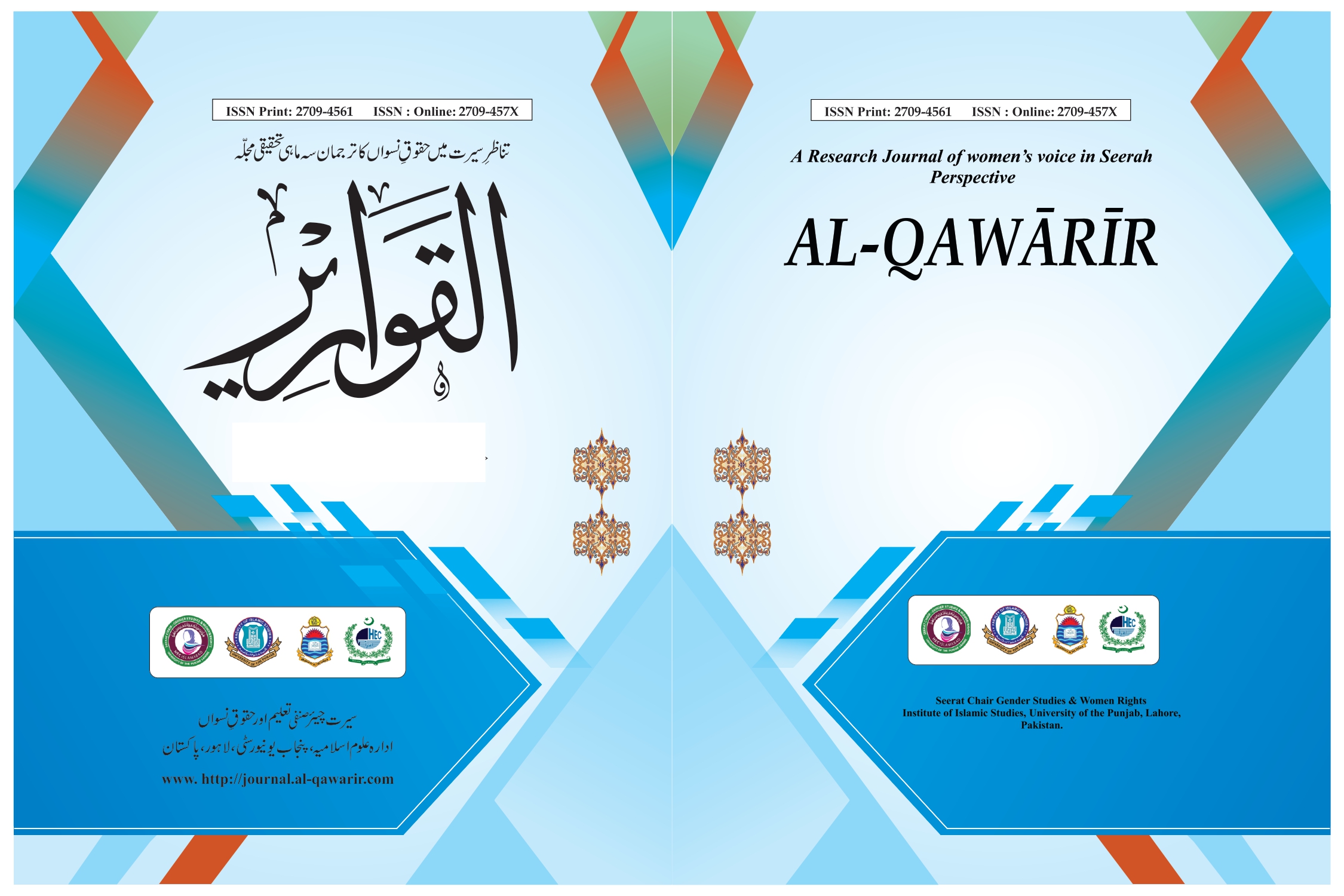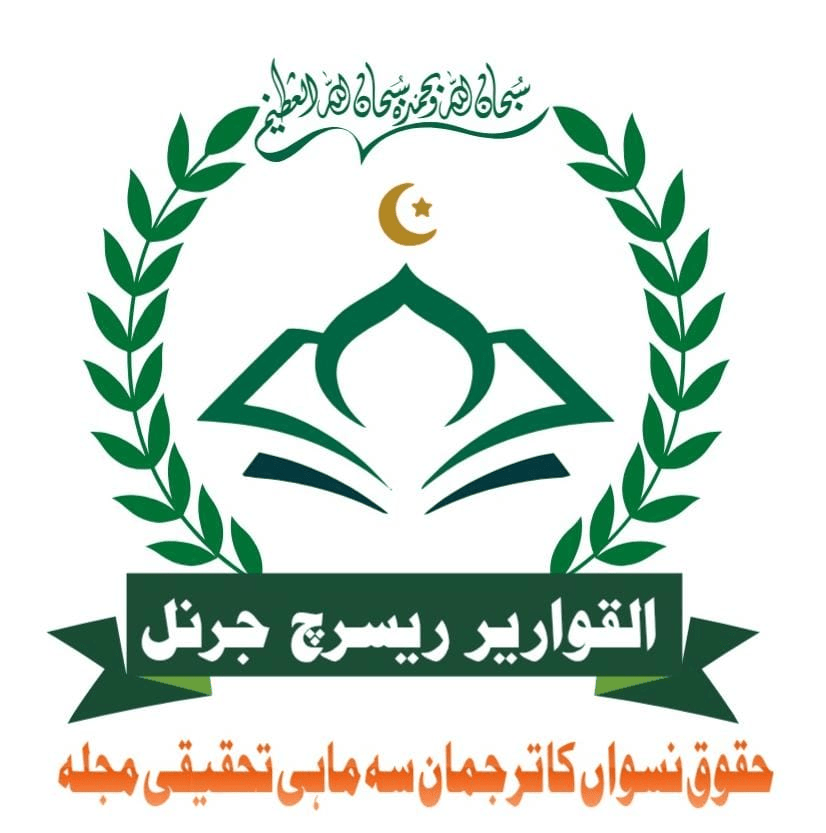Exploring Women’s Representation in the Quran and Seerat eTayyaba: A Comprehensive Study
Keywords:
Women's Rights, Women’s Representation, Seerat e Tayyabaصلى الله عليه وسلم, Quranic Studies Gender Equality, Female Figures. Al-Qawārīr - Vol: 05, Issue: 02, Jan – Mar 2024 OPEN ACCESS Al-Qawārīr pISSN: 2709-4561 eISSN: 2709-457X Journal.al-qawarir.com 26 Exploring Women’s Representation in the Quran and Seerat e Tayyaba: A Comprehensive StudyAbstract
The Holy Quran serves as a comprehensive source of guidance for humanity,
addressing various dimensions of women’s rights, roles, and responsibilities. In
pre-Islamic Arabia, women faced marginalization and lacked fundamental rights.
However, with the emergence of Islam, the position and status of women were
elevated, granting them due recognition and dignity.This research delves into the
portrayal of women in the Quran and Seerat e Tayyabaصلى الله عليه وسلم, shedding light on their
diverse roles and narratives. Notable female figures, such as Zulekha, Bilquis
(Queen of Sheba), Hazrat Lut’s wife, and Maryam, symbolize different aspects of
womanhood and resilience. Islam, at its core, upholds principles of respect and
equity for women, as evidenced by the legal protections enshrined in the Quran
concerning marriage, divorce, and inheritance. These provisions signify
significant strides toward gender equality, starkly contrasting with pre-Islamic
societal norms.Through critical analysis of Quranic verses and narratives in
Seerat e Tayyaba, this study elucidates the multifaceted representation of women,
emphasizing their integral role in shaping societal frameworks
Downloads
Downloads
Published
Issue
Section
License
Copyright (c) 2024 Dr. Asma Aziz , Dr.Abbas Ali Raza , Umm e Aymen (Author)

This work is licensed under a Creative Commons Attribution-NonCommercial-NoDerivatives 4.0 International License.




